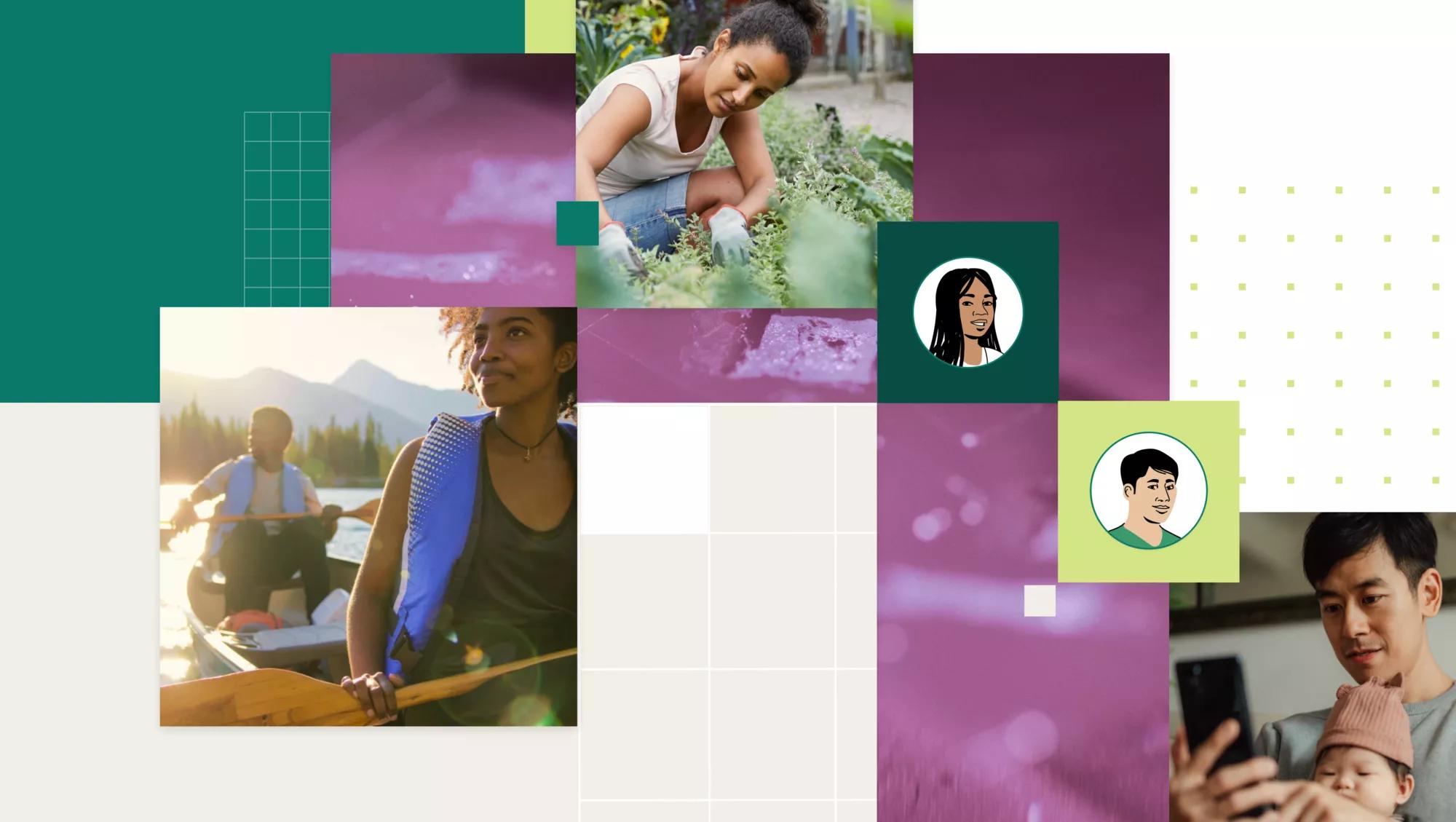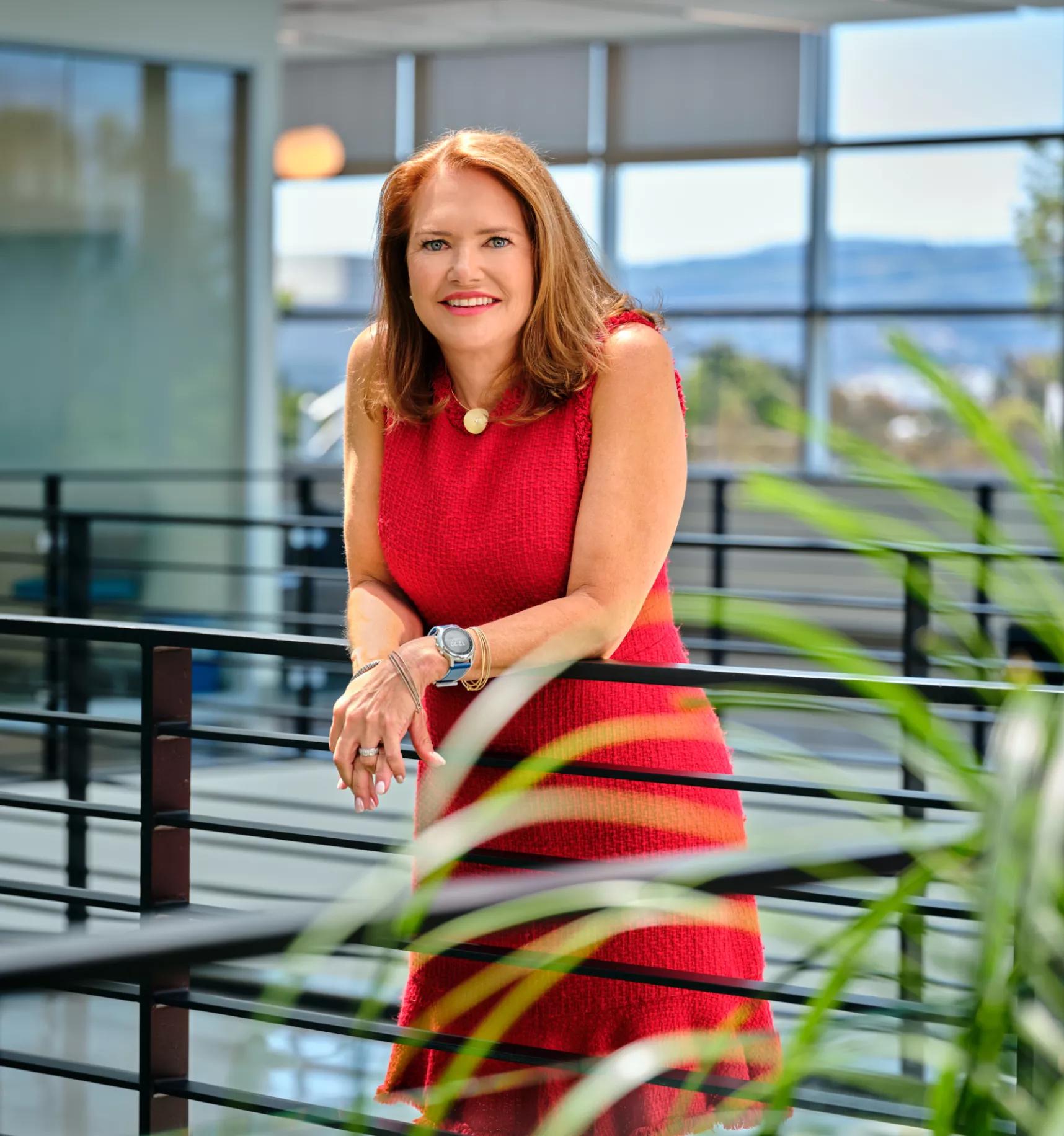Reframing evidence generation around the patient journey

When I began my medical career in cancer and palliative care at Duke Cancer Institute, I saw the impact that the painfully slow process of finding new treatments can have on patients and their families. As an oncologist in the melanoma clinic, I knew that, oftentimes, the person in front of me was going to pass away in the next couple of years. Meanwhile, researchers were working on discoveries in the laboratories on both sides of the walls of my clinic. The time requirements of going from scientific bench discovery, to gathering the requisite patient cohorts, to conducting phase one through four clinical trials, while dealing with the regulatory complexity, could take a decade or more. The patients in my clinic didn’t have time to wait.

The foundations of discovery
Achieving precision healthcare — care that is personalized, patient-centered, and accessible — will depend on new ways of generating the evidence. Verily is reframing evidence generation around the patient journey and generating more complete and precise measurements. With higher-quality, longitudinal data captured with patient consent, drawn not only from clinics and electronic medical records (EHRs), but from where people spend the vast majority of their time — at home, at work, with their families and friends, living their lives, we can look at more than just a snapshot of one part of a participant’s life. The healthcare industry is eager to use real-world evidence to help guide everything from early interventions to healthcare accessibility to pharmaceutical efficacy and approval, but incomplete, difficult to access retrospective data isn’t enough.
Another problem is, most of the time, researchers only use the data once — it’s single use. And like a plastic cup or bottle, there is waste inherent here. Verily and many of our innovative partners are taking a different approach. If we’re going through the trouble of obtaining permission and collecting data from a patient, could we partner with patients to obtain consent and leverage that data more than once to reduce the burden of collection? Another opportunity for seamless data collection is once the treatment is in the market – where currently very little systematic data collection happens. All of this needs to be done with the patient at the center of the discourse — making data collection easy and intuitive to participate in, without disrupting their life.
Being able to collect the right data at the right moment in time is fundamental for this future. At Verily, patient consent is a critical piece as we think about long term engagement. We design products to ensure that interactions are as low-burden and as easy to understand for patients as possible. That means that people can easily participate without sharing information that they do not intend to give up, without spending a long time reading forms that don't make sense, so that they can easily understand what they are being asked to agree to.
The tools for precision health
To realize this vision, we have to build trial software that optimizes experiences and engagement for research participants and personnel, and helps ensure the delivery of high quality datasets. Software like Verily’s trials platform can improve inefficiencies, and offer greater flexibility to patients with features such as video visits and surveys, that meet them where they are. Building the right consent tools can increase transparency and flexibility of data capture, and recruitment services can help us reach a broader, more diverse population. Participants can provide prospective, informed consent for data that reflects their daily experiences, collected through the use of wearable technology. We can mitigate data quality issues through a data platform that can map data provenance and use alternative sources like EHRs, sensors, or environmental information, when missing variables. These technologies are foundational for the future of evidence generation and running modern clinical trials, allowing researchers and investigators to focus on medical science, rather than data science. Likewise, our CTMS platform supports trial sites in the more prosaic operational tasks like finance and staffing, electronic consenting, patient reported outcomes, electronic case report forms, all of which are Part 11 compliant and meet the needs of conducting research.
Next, we can use these platforms to build longitudinal data sets. We're quite focused now on building what I call “next generation registries." Registries that take advantage of the footprint across Verily CTMS and our other platforms can identify patients who should be, for example, in a heart-failure registry or an inflammatory bowel disease (IBD) registry, and offer opportunities to participate. With permission, the registries can combine data that already exists in the health system, such as EHR or claims data, with newly collected data and other precise measures, like digital biomarkers, to follow people longitudinally across time. This sets the foundation for researchers and providers to continuously evaluate medical products through better availability of continuous data.
Verily’s unique blend of clinical expertise and capabilities in engineering, data, AI/ML, security, privacy and user experience design distinguish us. Our ability to deeply understand multi-modal data streams, and build the infrastructure that can ingest these data in our secure platform, drives faster research — and faster solutions. Our end-to-end platform extends all the way across enterprises, from discovery to post-marketing, through a scalable infrastructure that will support new study designs and ways of generating evidence. This allows our partners to greatly accelerate clinical research, through a customizable and flexible infrastructure.
But that isn’t enough. As thought leaders, we also need to take the reins with respect to showing what is possible. We must help our clients — pharma companies, biotechs, device companies, healthcare providers, health systems — imagine a new approach to evidence generation and get them excited. We need to conduct scientific experiments to cross-check our data quality and demonstrate a plausible approach to modern, high quality data and evidence generation. We need to ensure that patients — our ultimate stakeholders — can comfortably participate, in low burden ways that contribute to their own health journey and future legacy. We need to help regulators visualize this new future so they can provide the scientific goalposts for the complex data and analyses that will be commonplace in regulatory submissions. Companies like Verily must provide the thought leadership and practical demonstration of “the possible” in order to chart the path forward.
The pandemic showed us what’s possible if research is streamlined and data used more efficiently. Closing the gap between research and care means we make better use of all our engagements with the health systems.
Amy Abernethy, President of Product Development and Chief Medical Officer
Closing gaps between research and care
Time equals lives. The pandemic showed us what’s possible if research is streamlined and data used more efficiently. Closing the gap between research and care means we make better use of all our engagements with the health systems. We’re taking data directly from care and everyday life to inform research. Each of these moments tell us more about an individual, creating a more holistic view of how people experience health and disease over time, enabling us to speed up evidence to make better care decisions — that don’t just reflect a moment in time. Through our new paradigm of evidence generation, we’re replacing one-off, often manually-driven patient engagement with a patient-centric, holistic, transparent ongoing collaboration. We’re building platforms that can transform an industry, to deliver on promises we can see but can’t quite grasp yet. The promise of a true 360 degree understanding of our patients. The promise of dynamic clinical research that matches the innovation of the current moment, when the rate limiting step in bringing a new therapy to patients is often the antiquated research machinery available to test whether patients will benefit from the therapy. The promise to take full advantage of the technological revolution that has transformed our lives, and bring the right treatment to the right patient at the right time. The promise of precision care, which means, the promise to transform patients’ lives.